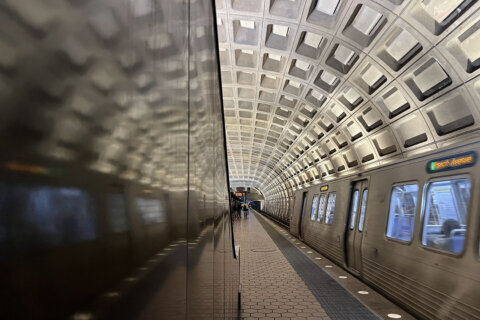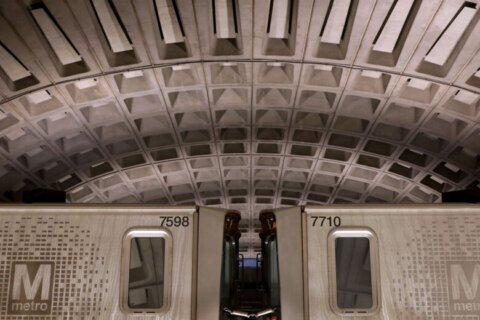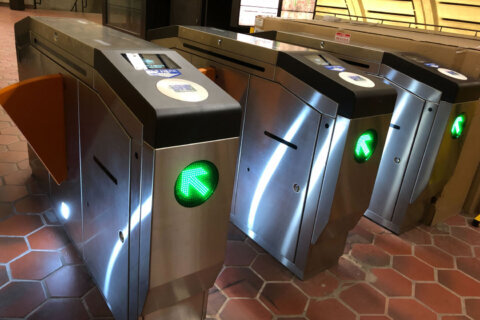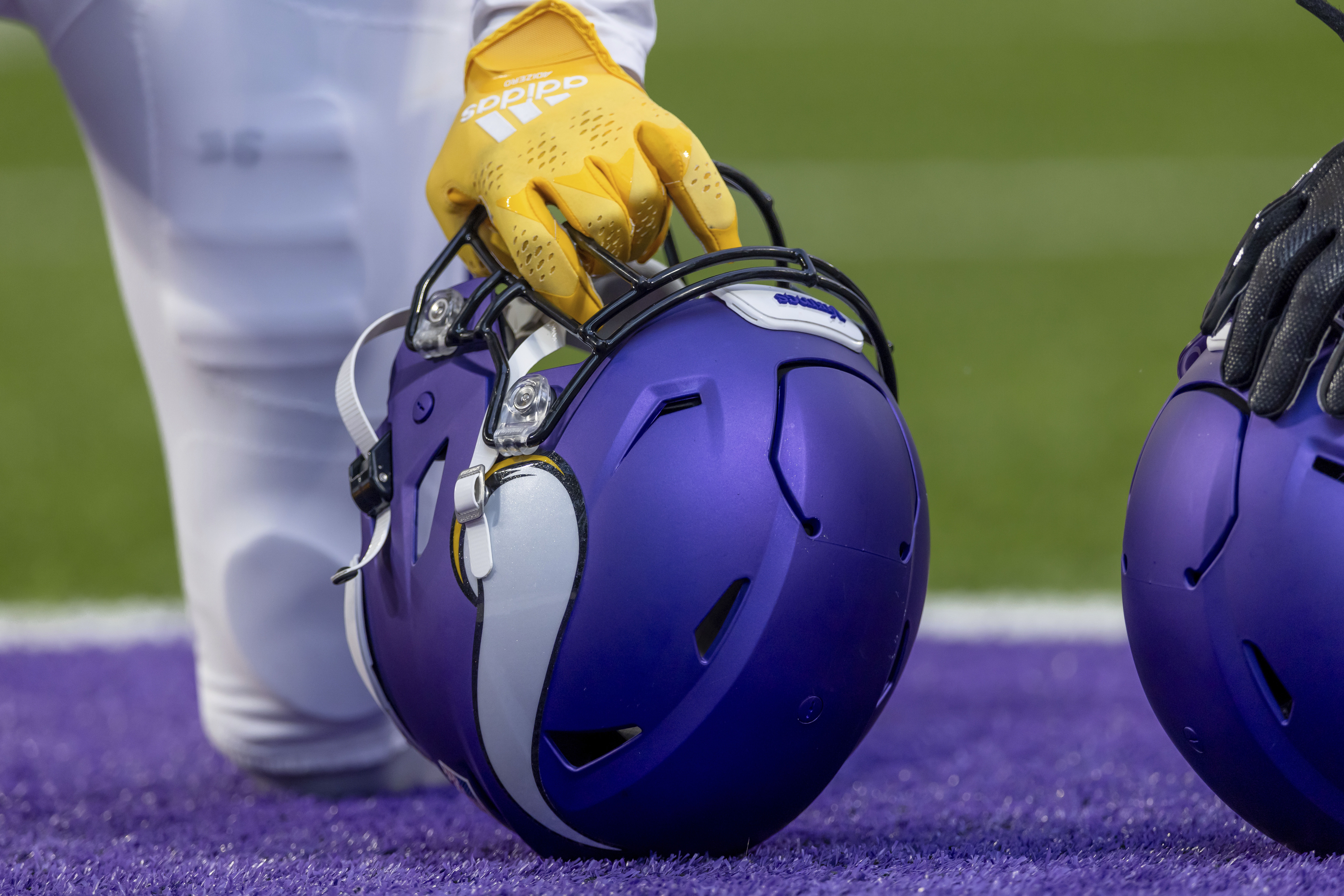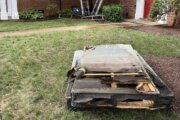A Metro watchdog has reviewed the D.C.-area transit agency’s revised plan to return 7000-series train cars back into service.
The Washington Metrorail Safety Commission said that it has no technical objections to the plan Metro submitted on Tuesday.
Metro leaders said in a joint statement that they welcomed the green light, which they described as a “win for customers.”
“With this approval and close collaboration on the Silver Line extension safety report, Metro will be able to set an opening date in the near future,” General Manager and CEO Randy Clarke said.
The plan specifies steps that Metro has to follow to keep introducing more of the 7000-series cars into different parts of the transit system. 7000-series cars have been gradually returned to service since they were pulled last fall over safety concerns after a train went off track. The wheels on the train had shifted too far apart on their axles.
This latest phase involves bringing Metrorail cars that have been running on the Red, Yellow and Green lines and bringing them over to the Blue, Orange and Silver lines.
The revised plan includes the introduction of cars with “solely high press tonnage axles on the Blue, Orange and Silver Lines, and the introduction of a limited number of cars with low press tonnage axles each day on the Red, Yellow and Green Lines, while continuing inspections after every four consecutive service days,” WMSC said in a statement.
“There are cars that the data shows are lower risk for this wheel migration. Metro has been running those cars, a pretty high rate over the last several months,” said Max Smith, a WMSC spokesman.
The plan is a mitigation measure that reduces the risk of the wheel issue, Smith said, and the research and the data show that “this is something that makes it safer.”
Other actions included in the plan are data collection and analysis related to vehicles and vehicle-track interaction. And if supported by available data, Metro’s plan would also include the use of cars with low tonnage axles on all lines and inspection of the 7000-series cars from every four days to every seven days.
“The mitigations in the revised plan reflect currently known data, including that wheel migration has been identified on more than 80 7000 Series axles since 2017,” WMSC said.
Metro said the plan will allow them to place more of the 7000 Series into service, which will “support the opening of the Silver Line Extension before Thanksgiving and reduce overcrowding on the Red Line.
According to the National Transportation Safety Board investigation, it appeared that a Blue Line train went off track at least three times Oct. 12, including in a tunnel near the Rosslyn station, because the wheels on the train had shifted too far apart on their axles.
Last December, the Washington Metrorail Safety Commission expanded on the preliminary report released by the NTSB and said the wheel separation issue that caused the derailment was wider spread and went further back than previously known.
The 7000-series trains make up about 60% of Metro’s trains.


